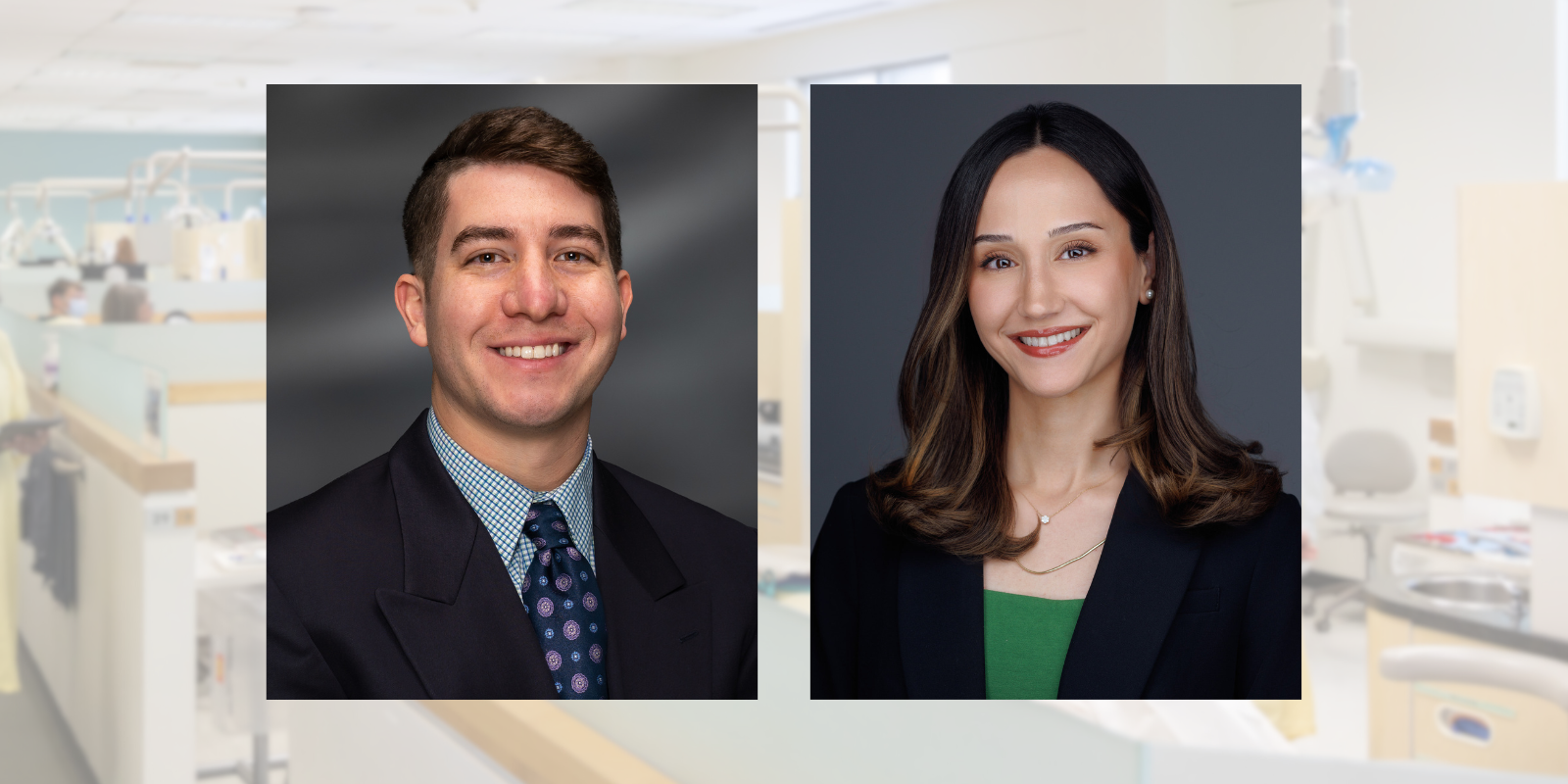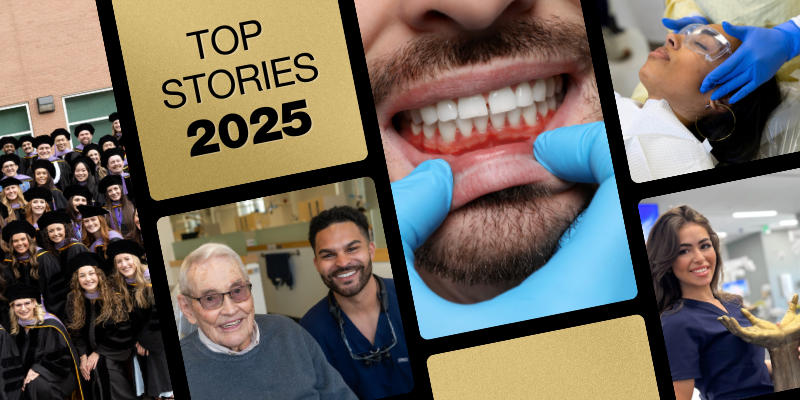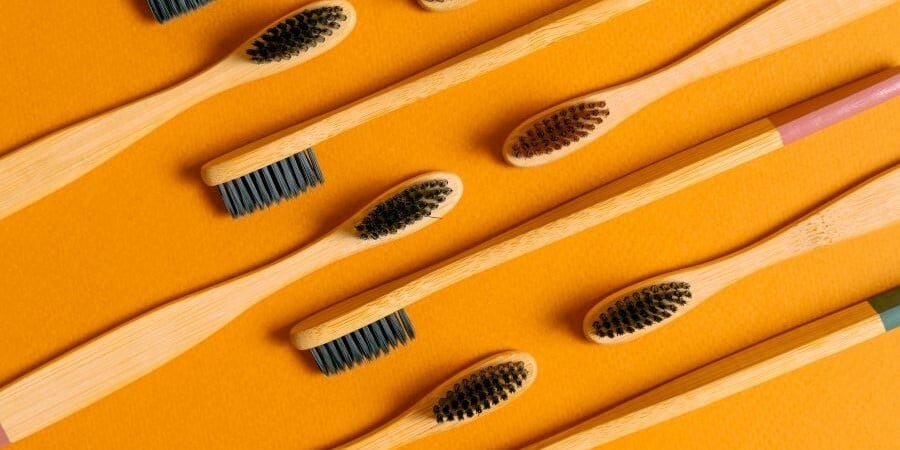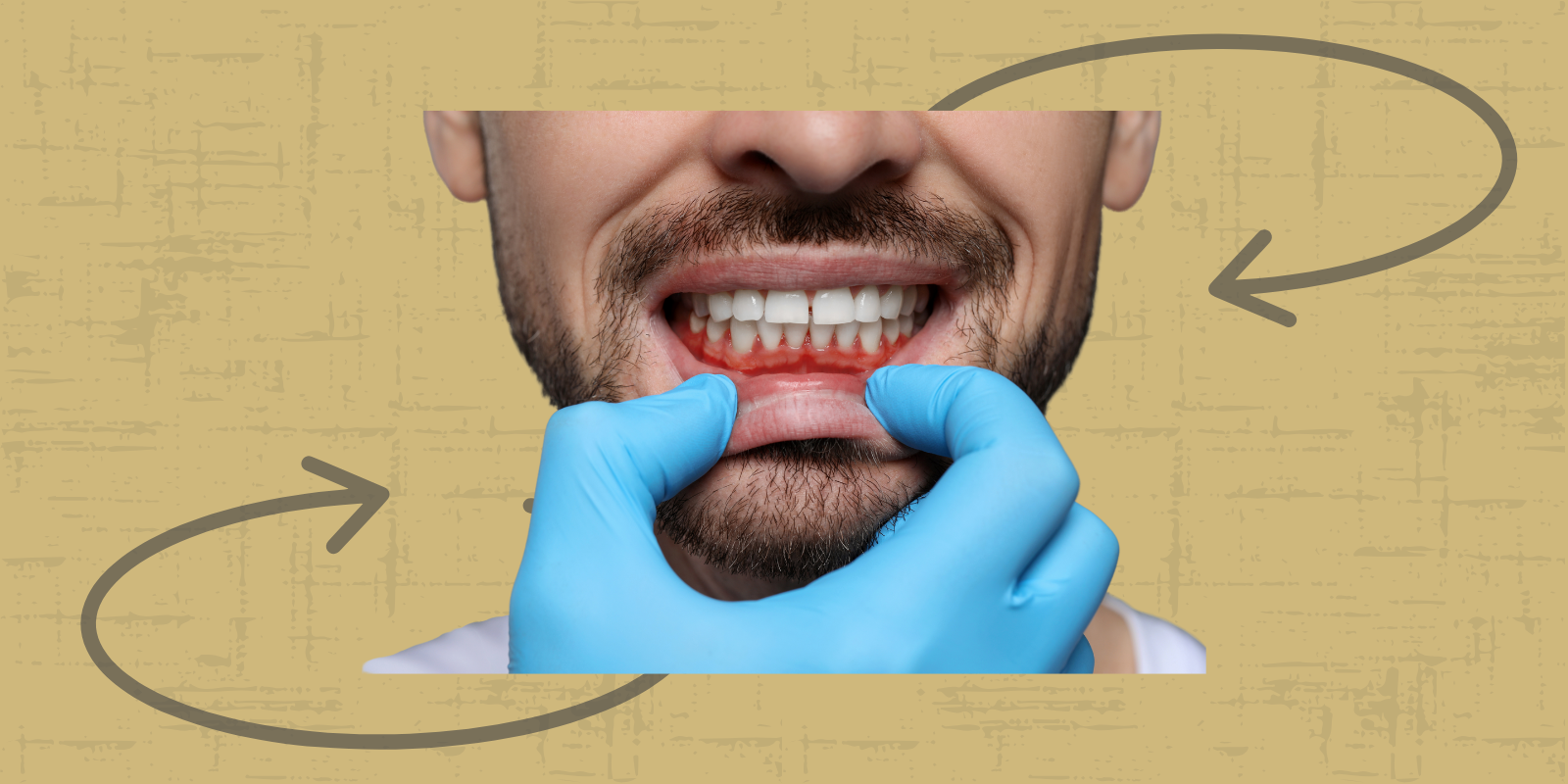Maribel Rubio wanted to feel confident about her appearance. She turned to Sadaf Fadakar, DDS , for help.
“I needed to have a smile on my face,” she said. “I was not smiling because you could see the bone, and my teeth were really bad.”
Rubio is a long-term patient at the University of Colorado School of Dental Medicine (CU SDM) where dentists regularly monitored her periodontal disease, also known as gum disease. Periodontal disease is an infection that harms the gums and the underlying bones supporting the teeth.
“Maribel was unhappy with the appearance of her four lower front teeth, and she had severe bone loss and significant mobility in those teeth,” Fadakar said.
Fadakar, who had practiced for a year as a dentist in her native Iran, graduated in December 2024 from the CU SDM Advanced Standing International Student Program. The program enables dentists who have earned a degree in dentistry outside of the United States to earn a Doctor of Dental surgery (DDS) degree in two years and become eligible to practice in the U.S.
Black Triangles and Moving Teeth
Rubio’s bone and gum loss had led to black triangle-shaped spaces forming between her four lower front teeth in the spaces normally covered by slivers of soft pink tissue, causing her to feel extremely self-conscious. Her teeth also moved around.
As a temporary solution to her teeth mobility problems, dentists used a splint — a thin wire that attaches to the back of the teeth — to bond them together and provide stability. But the splint didn’t solve the significant gum and bone damage, which rendered Rubio’s teeth too unhealthy to save. Fadakar explained to her that the best permanent solution would be to extract the teeth and replace them with implants.
An implant is a titanium post that replaces the root of a missing tooth. A periodontist, who specializes in gum disease, or an oral surgeon extracts the tooth and places the implant. It is put into the jawbone, which eventually grows around the implant and fuses together with it. Afterward, an abutment, or connector piece, is attached to the implant, which then is covered by a prosthetic tooth.
Although implants can be a good solution for highly damaged teeth, Rubio didn’t immediately decide on them. Fadakar said getting an implant can be a big decision. Not only do patients have to live with missing teeth for a while, but the implants can sometimes fail to integrate with the jawbone properly.
After considering her options for about six months, Rubio decided she was ready to move forward with implants.
Replacing the Teeth
Fadakar collaborated with CU SDM periodontics resident William Carter, DDS '22, to provide Rubio’s implant therapy.
Fortunately, Carter was able to extract her teeth and place two implants at the same time, which doesn’t always happen. Sometimes, patients need to have a bone graft to their tooth socket that then needs to heal for about three months before the implants can be placed.
“Because Maribel had plenty of bone from the start, we were able to place the implants in one appointment, saving her those three months,” Carter said. “We also shaped the implants to be slightly more square than usual in order to fill in those black triangle spaces between her teeth.”
Fadakar then gave Maribel a removable, partial denture, also called a “flipper,” to cover her missing teeth. With CU SDM faculty guidance, Fadakar scanned Rubio’s teeth to develop a digital impression, enabling the lab to make a fixed partial denture. This permanent prosthetic now covers Rubio’s implants while replacing her four extracted teeth.
 A digital impression of the patient's mouth allows for digital design and custom fabrication of the implants and prosthesis.
A digital impression of the patient's mouth allows for digital design and custom fabrication of the implants and prosthesis.
A Fruitful Collaboration
Fadakar praised her collaboration experience with Carter, noting he regularly kept her posted on the therapy’s progress.
“People are busy, and they don’t always have time to inform you, but he always emailed me after her appointments about next steps,” she said.
Carter was pleased with the results too. He pointed out the extra challenge of working on patients’ front teeth.
“Replacing teeth in the smile line in the front of the mouth comes with higher patient expectations than replacing posterior teeth,” he said. “Your smile is the window to who you are, so patients need those teeth for more than just functionality.”
As for Rubio, who regularly hid her teeth before getting the implants, she was more than satisfied. “I’m very happy with the results,” she said. “I can eat better now and feel confident when I talk to people.”
The CU School of Dental Medicine is accepting new patients. Schedule your free dental screening exam to get started.



